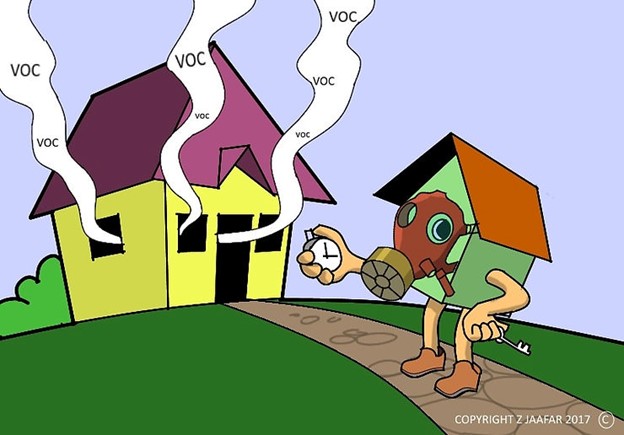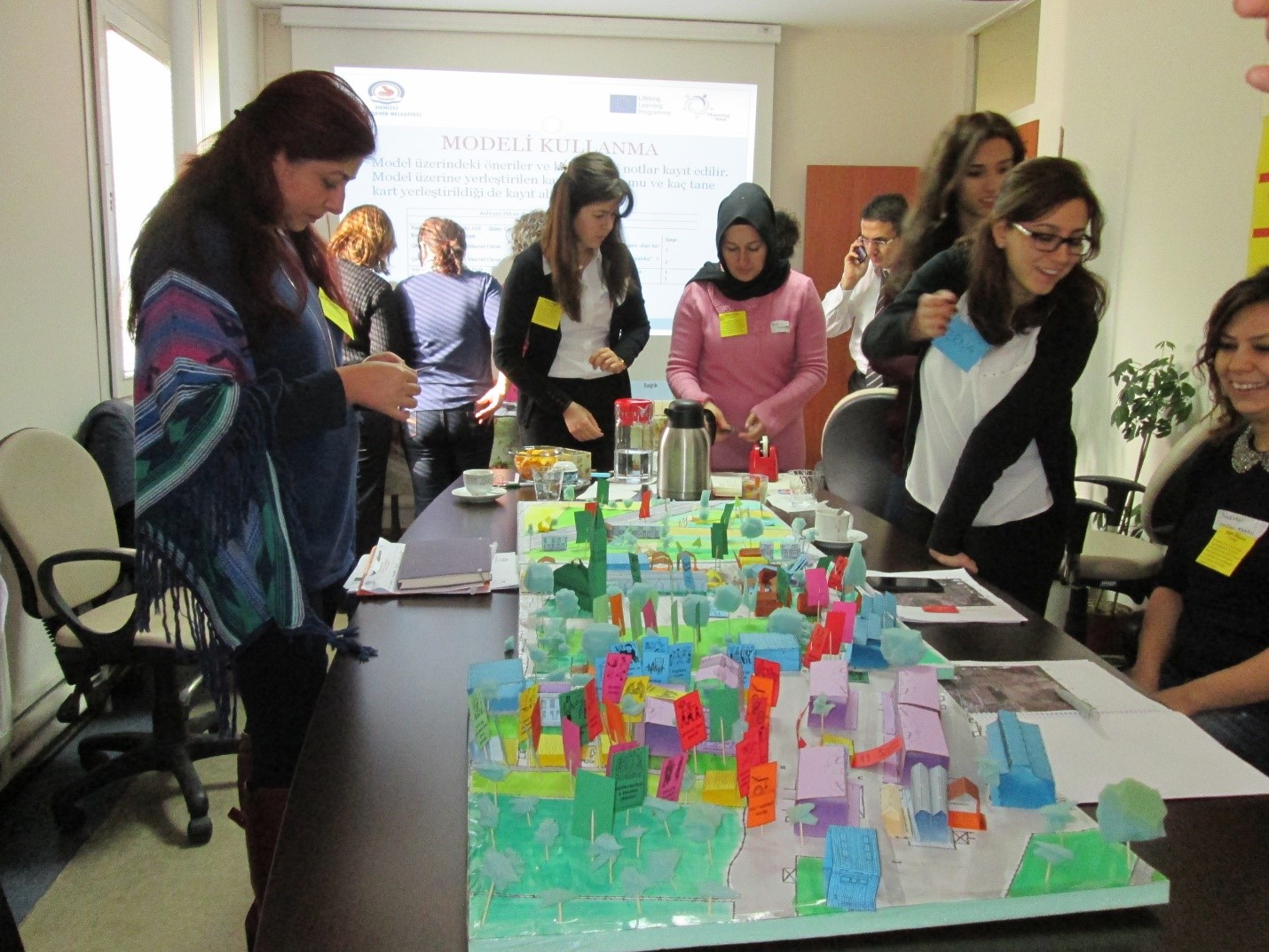Dr. Marek Kozlowski
The Kuala Lumpur Metropolitan Region (KLMR) has a population of 8.8 million and includes ten different municipalities. This governance fragmentation, a spate of uncoordinated development, and the belated construction of a massive highway system have labelled KLMR as the ‘Los Angeles of Southeast Asia.' The local authorities allowed the replacement of traditional urban fabric with modern structures, often contrary to the principles of sustainable and tropical climate-responsive architectural and urban design.
Despite competition from other urban centres of the KLMR, the Kuala City Centre has retained its position as the prime globalised activity centre of the entire urban conurbation. Since the 1990s, central KL has witnessed a decrease in the residential population, followed by the development of mixed-use utopian indoor activity centres complemented by semi-outdoor urban spaces.
The increasing indoor urban space termed ‘Interior Urbanism’ has been an ongoing phenomenon in Southeast Asia, the Middle East, East Asia and North America. It depicts how urbanisation extends within the city boundaries and influences the design and dynamics of internal semi-public spaces. The concept encompasses the notion that interior spaces are essential elements of urban life, shaping and mirroring the changing design patterns of cities.
The growing significance of 'interior urbanism' in the functioning of the built environment raises one question - can cities be reinvented from the inside out? Observations and analysis conducted in central KL revealed that the development of high-end indoor urban enclaves has a detrimental impact on the surrounding built environment and, in many ways, diminishes the importance of the traditional shopping streets.
A cursory review of six major activity centres (the utopian enclaves), including KLCC, the Pavilion and Starhill Complexes, Bukit Bintang City Centre (Lalaport), TRX Exchange, Sunway Velocity and My Town Complexes and Merdeka 118 Complex (currently under construction) revealed that although they are in proximity of each other, they are not connected by physical and visual links (refer to Figure 1) They resemble utopian enclaves featuring luxury shops and eating places, leisure, entertainment, and quality office space, 5-star hotels and high-end residential apartments. All the activity nodes are provided with at least one public transport mode. However, the urban landscape surrounding most of these high-end urban enclaves is often characterised by urban blight, dilapidated buildings, vacant lots, empty residual land and elevated road infrastructure. The visual impression of central Kuala Lumpur is of utopian activity enclaves surrounded by a dystopian urban landscape (refer to Figure 2)
Developing high-end enclaves was not followed by coordinated urban planning and design for the surrounding areas. Therefore, the local authority (DBKL) should initiate
legally binding local area plans for the central part of the city that would coordinate, control and promote sustainable development around the existing high-end activity nodes. The local plans should be supported by detailed action plans and urban interventions along the streets and public spaces based on private-public partnerships. Such action in the long term would no doubt significantly enhance the physical environment of the KL’s city centre.
Figure 1: Location of the six major utopian enclaves (major activity mixed use nodes) in Central Kuala Lumpur. Source: M.Kozlowski
Figure 2: High-end utopian enclaves TRX Exchange (left) and Lalaport (right) flanked by a decaying urban environment. Source: M.Kozlowski
References:
Kozlowski, M., Mehan, A. and Nawratek, K. (2020): Kuala Lumpur: Community, Infrastructure and Urban Inclusivity (London and New York: Routledge, Taylor and Francis)
ArchDaily (2023) Interior Urbanism: The Implications of Indoor Public Space https://www.archdaily.com/1011933/interior-urbanism-the-implications-of-indoor-public-space
Tarikh Input: 13/03/2024 | Kemaskini: 13/03/2024 | marini
PERKONGSIAN MEDIA

































